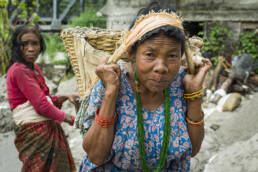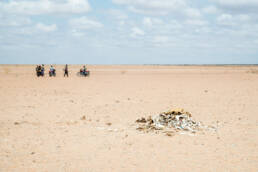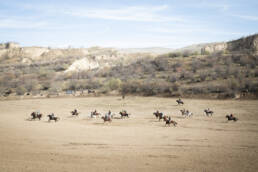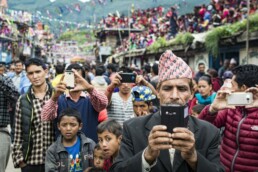How to create more inclusive multimedia content ?
“A society for all” – this is the definition of an inclusive society given at the World Summit for Social Development in Copenhagen in 1995. The notion of inclusivity, in the field of multimedia production, refers to the promotion of content that highlights the diversity of society.
Generally speaking, multimedia content shapes the public’s representation of certain categories of the population. Within the framework of NGOs and other development actors, multimedia content builds the representation of certain regions, which receive little media coverage. These regions are sometimes practically accessible only to humanitarian actors.
However, in the field of humanitarian action, NGOs have been widely criticized for creating miserable and decontextualized content with the aim of fundraising or awkwardly raising awareness of certain situations. This had the consequence of distorting the reality on the ground and creating or perpetuating a superficial vision of certain regions of the world.
There are simple principles to create more inclusive content:
- Diversify the people involved in the photo and video content. During the pre-production phase, when selecting the characters, it is important to show the diversity of the program through heterogeneous profiles (gender, age, religion, social background).
- Being inclusive means putting forward people with disabilities or people from minorities, in order to make them visible.
- It is important to have an anthropological approach to be more inclusive. Thus, it is important to take the time to understand the program that is documented and to identify all the stakeholders, to choose the people who best embody the content, and who best promote inclusive values.
For the two first points, it is also important to show the diversity of the roles that the characters occupy in the project and not to associate a category with a predefined role.
Thus, it is important that the actors of change and the beneficiaries are not uniform. In the specific context of success stories, it is interesting to give voice to local staff, actors of change. Thus, to show the sustainability of the program. It is also important to show the diversity of beneficiaries, and this, in order to break the clichés.
20 January 2023
Projects in 2023
21 October 2022
CONDITIONS GÉNÉRALES DE VENTE PRODUCTION VIDÉO
26 October 2021
Comment créer des contenus multimédias plus inclusifs ?
26 October 2021
How to create more inclusive multimedia content ?
12 October 2021




